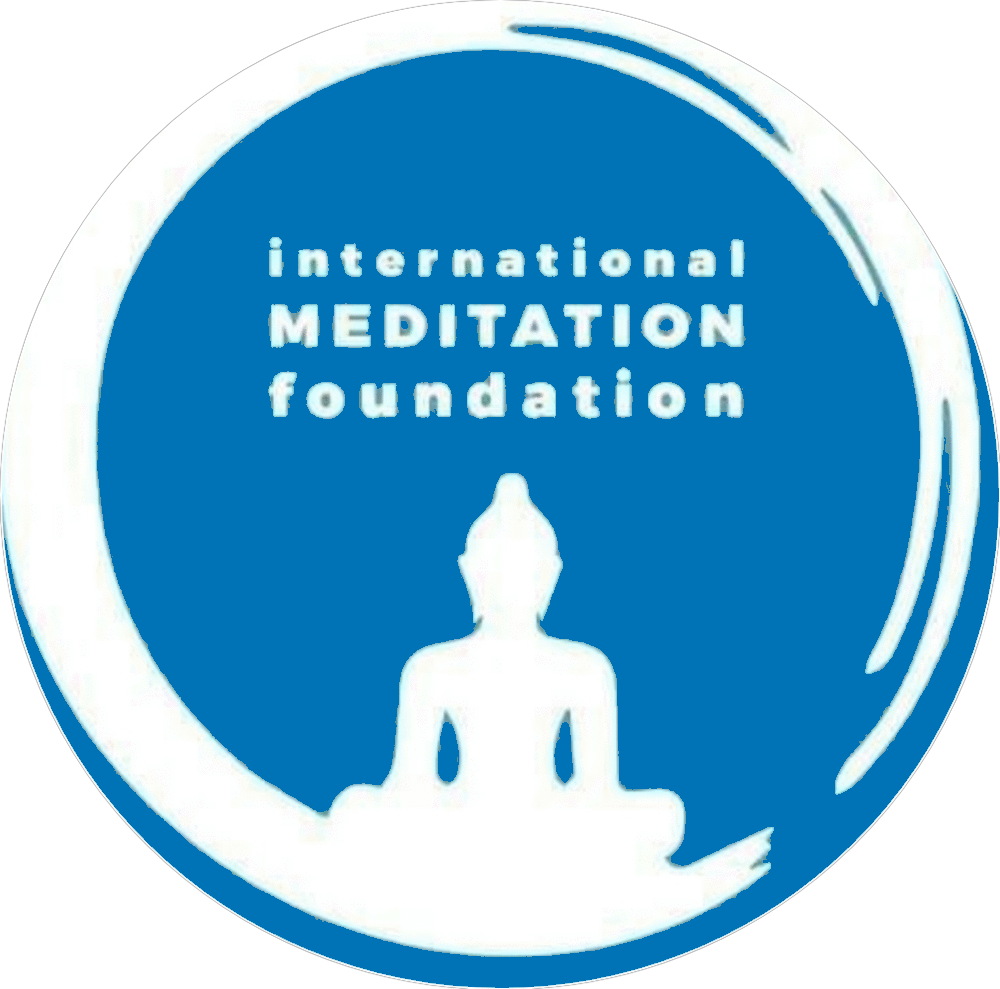Breaking Free from the Pull of the Senses: Understanding Pratyahara
Our lives are often driven by two forces: seeking pleasure (pravṛtti) and avoiding pain (nivṛtti). Our senses and minds constantly seek out what they perceive as enjoyable, becoming accustomed to a cycle of indulgence and craving. But what if there was a way to break free from this habitual loop? This article explores the concept of Pratyahara in yoga, a powerful tool for withdrawal of the senses and a stepping stone towards meditation.
The Essence of Pratyahara (121)
Verse 121 defines Pratyahara:
- विषयेष्वात्मतां दृष्ट्वा मनसः चिति मज्जनम्, प्रत्याहारः स विज्ञेयोऽभ्यसनीयो मुमुक्षुभिः॥ (viṣayeṣvātmatām dṛṣṭvā manasaḥ citi majjanam, pratyāhāraḥ sa vijñeyo ‘bhyasaniyo mumukṣubhiḥ.)
This translates to:
“The absorption of the mind in the supreme Consciousness by realizing the Self in all objects is known as pratyāhāra (withdrawal of the mind), which should be practised by those desiring Liberation.”
Understanding the Bondage of the Senses
Just like the stomach craves food, our senses crave their respective objects. The eyes yearn for pleasing sights, the tongue desires delicious flavors, and so on. This indulgence leads to a sense of attachment and dependence, often resulting in suffering when those objects are unavailable or lost.
Pratyahara signifies breaking free from this bondage by withdrawing the mind and senses from the external world. It’s not about complete sensory deprivation, but rather about cultivating awareness and control over how we engage with the world.
Examples of Pratyahara in Action:
- Breaking Habits: Overcoming ingrained habits, like daily ice cream cravings, by consciously choosing to abstain demonstrates Pratyahara.
- Resisting Distractions: Remaining undisturbed by external stimuli, like focusing on meditation despite a call from outside, reflects this practice.
- Controlling Sense Organs: Similar to a camera closing its shutter to prevent light exposure, Pratyahara involves controlling the senses to prevent them from registering external stimuli.
Learning to Withdraw: The Skill of Pratyahara
Just as any skill requires practice, mastering Pratyahara demands dedicated effort. Our senses, conditioned over a lifetime to seek out external stimulation, need to be trained to withdraw at will.
The Benefits of Pratyahara:
- Reduced Cravings and Dependence: By weakening the hold of external objects on the mind, Pratyahara helps us break free from unhealthy desires and attachments.
- Increased Mental Clarity: Withdrawing the senses from external distractions fosters a calmer and more focused mind.
- Preparation for Meditation: Pratyahara acts as a crucial step towards meditation by establishing control over the mind and senses, allowing for deeper self-exploration.
Pratyahara Meditation:
Beyond simply withdrawing from external stimuli, Pratyahara can be used as a powerful meditation technique:
- Seeing the Self in All: Recognizing the underlying Truth (Self) present in all objects, regardless of their external forms, allows the mind to transcend attachment to the transient world.
- Shifting the Mind’s Focus: By negating the superficial aspects (name, form, and qualities) of objects, we can perceive the underlying reality (Existence, Consciousness, Bliss), leading to a state of true knowledge and liberation.
In Conclusion:
Pratyahara is not about shutting ourselves off from the world, but rather about acquiring the ability to choose how we engage with it. By learning to withdraw our senses and mind from the pull of external stimuli, we pave the way for inner exploration, self-discovery, and ultimately, a deeper state of peace and liberation.
